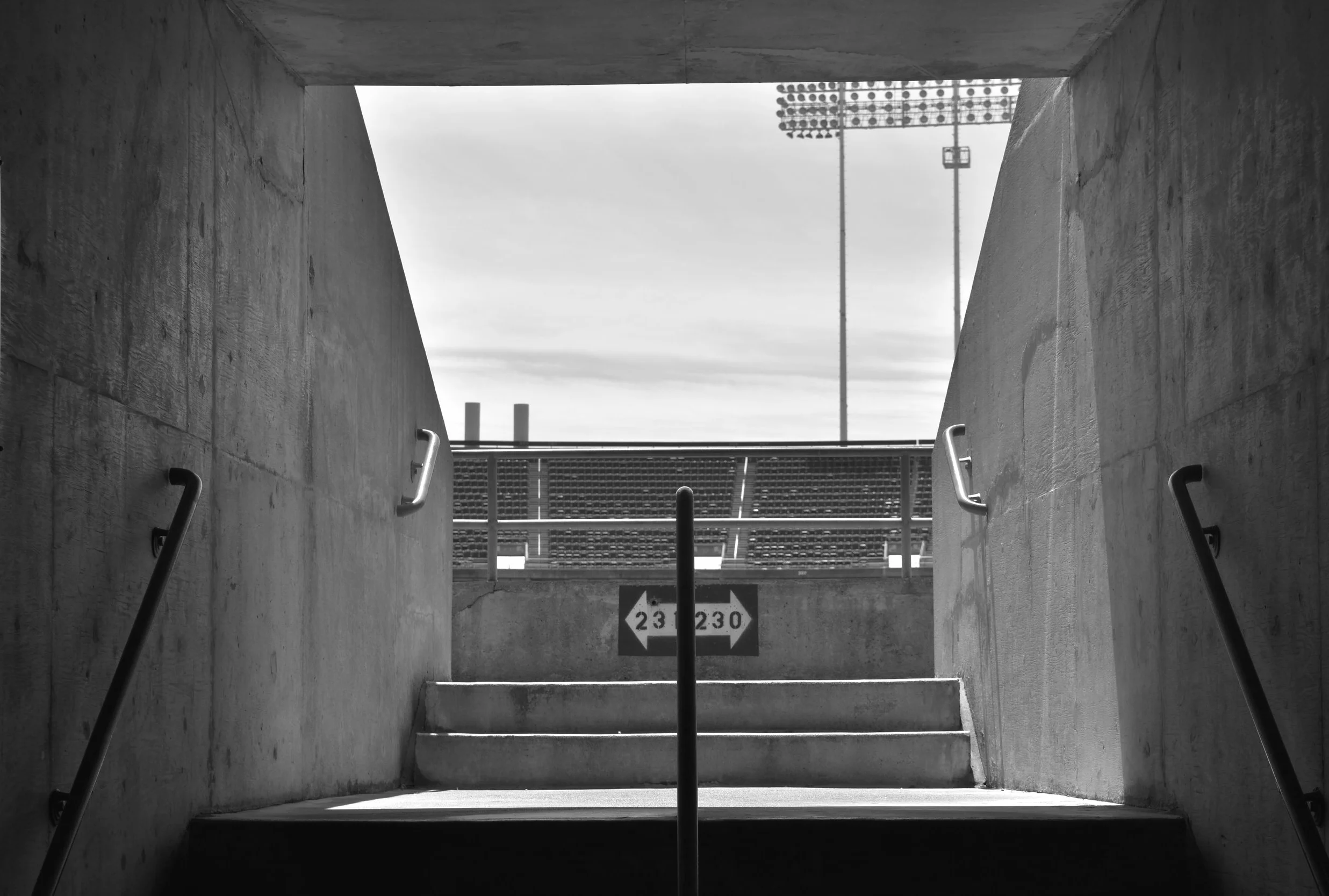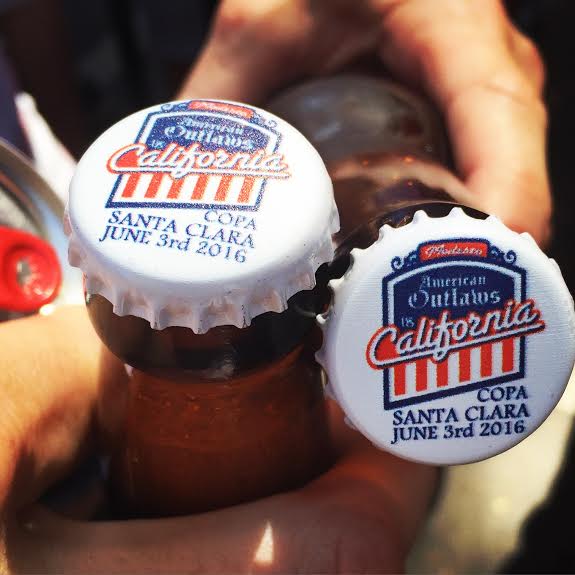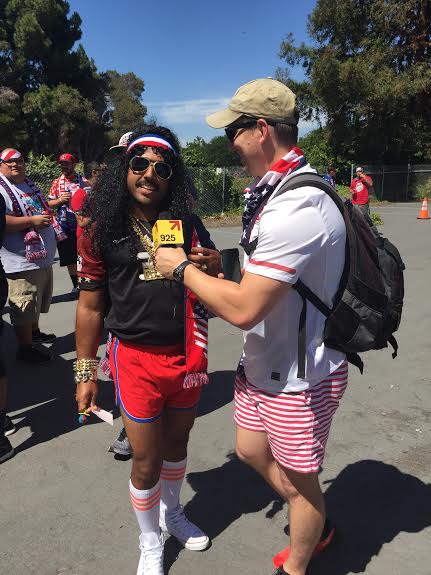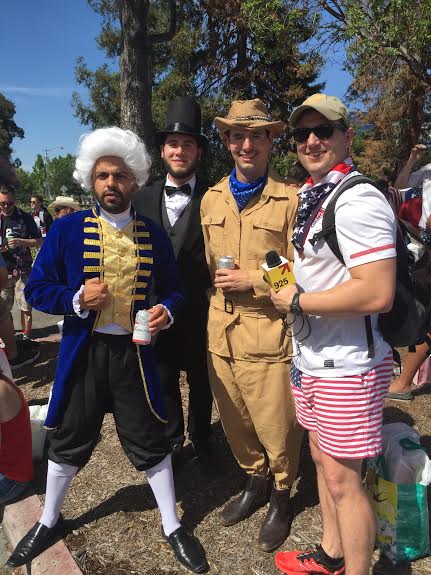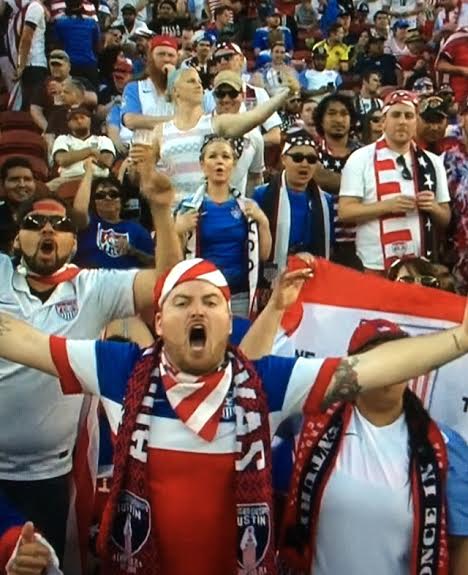2010 – Every GM strikes out. Even GM's who pick Steph Curry and Klay Thompson. Ekpe Udoh is Larry Riley’s Spaghetti Incident. Udoh on paper seemed like the rim protector that the 2010 Warriors desperately needed. Udoh was long, had a 7-foot plus wingspan, and led the Big-12 in blocks. Unfortunately for Udoh and the Warriors he couldn’t stay on the court. A lingering wrist injury delayed his debut in 2010 and in his year and half of service for the Dubs he played just under 20 minutes a game, averaging about 1.5 blocks per game. He was ultimately traded to Milwaukee with Monte Ellis for Andrew Bogut in 2012. He plays hoops in Turkey now.
2011 – For as underwhelming as the 36-46 were, I kind of like the Monta, Dorrell Wright, and Curry three point threat coupled with David Lee inside. Going into the offseason I had no real opinion on who the Warriors should pick. Despite what developed into a sold draft class, aside from Kyrie Irving (who at the time was even a risk due to being label injury prone) the 2011 class was somewhat underwhelming. When the Warriors drafted Klay Thompson my reaction was very Klay Thompson-ish, kind of a “well…OK [shrugging]. Well that unassuming sharpshooter from Pullman Washington has turned into the best two-way guard in the NBA. Who knew. On a side note, the Warriors also selected Charles Jenkins out of Hofstra. Jenkins found it hard to get on the court with a suddenly frisky Warriors squad. By the end of the 2012-2013 season Jenkins was on to Philly and the next year was out of the league.
Maybe We Aren’t Doomed - Bob Meyers Strikes Gold
2012 - In 2012, the Warriors promoted Assistant GM Bob Meyers to GM and moved Larry Riley to Head of Scouting. Riley and Meyers started their new partnership with a bang, going three for three in the 2012 draft. Despite his disappearing act in the Finals this year, Harrison Barnes has been an effective player but somewhat frustrating for the Warriors. Barnes went to North Carolina for college with much fanfare. Heralded as the next, fill in the blank, Barnes was good at UNC but tended to shrink on the big stage and ultimately was not as good as advertised. The Warriors took him with the 7th pick and he immediately broke into the starting line up for the 2012 Warriors. In his rookie year he upped his scoring from 9.2 ppg in the regular season to 16.1 ppg in the playoffs. Despite his unbelievable athleticism, still upward potential, and his key roll in the 2015 title run, Barnes may not be in the roster next year as he will likely command a near-max deal on the free agent market.
The Warriors also selected Festus Ezeli with the 30th pick in the draft. Festus, although injury prone, has been a nice big off the bench in his three years. He played huge minutes in Game 6 of the 2015 Finals and conversely threw up a stink bomb in Game 7 of this year’s Finals. Ezeli is also free agent this offseason that the Warriors have to make a decision on whether to keep or not.
The hands down best pick in the 2012 draft came in the second round at pick 35, Draymond Green. We all know the story, Saginaw Pride, Michigan State, constant winner, but a tweener. Ah yes, the dreaded tweener that Warriors drafted year in an year out in the 90’s and early 2000’s. Yes, Draymond is a tweener but what separates him from all of the other guys we drafted is that he is a maniac that is solely focused in getting better, being a great teammate, and proving everyone wrong. You can’t put that rating into verticality or length or explosiveness. You can’t put something so intangible on a draft chart. The best you can do is say, “hey, this guy has been successful at every level, he has gotten better at every level, he has leadership qualities, and Tom Izzo says he is a good dude.” The rest is belief and a hope that he will give you quality minutes. Anything like being a virtual Swiss Army knife on the court, anchoring a defense like no one since KG, dropping a triple-double in the NBA Championship clinching game, going toe-to-toe with LeBron James in the 2016 Finals, and nearly winning Game 7 on the strength of his will to have the Warriors win is just icing on the cake. I love Draymond Green. He will always be an all-timer for me. I never thought that anyone would shake Chirs Mullin off the pedestal for my favorite Warrior but I think Draymond is on the path.
Oh yeah, we drafted Ognjen Kuzmic with the 52nd pick. He is a World Champion and not playing in Greece.
I would be remise if I failed to mention Kent Bazemore. Yes, he went undrafted but Meyers saw him playing in Summer League for OKC and signed the guy. He will forever be an all-time Warriors bench-mobber. The guy’s sideline celebrations of a Curry three or Warriors’ dunk are the stuff of legend. It was tough to see him go but I’m glad that he has found a home on the Hawks and has become a key contributor there.
2013 - No picks.
2014 - No picks, just this.
2015 – In the glow of the 2015 Championship the Warriors picked Kevon Looney out of UCLA. On paper, the guy seemed like a pseudo-Draymond. He’s 6’9”, can play inside-outside, pretty athletic. Looney was hobbled by a hip injury early and then had to battle for playing time on the best regular season squad of all-time (yes, it si so brutal to have to write that). So I will reserve judgment.
Of the first round picks the Warriors had from 1993-2009 (including 2nd-rounders Arenas and Ellis) Golden State first round picks (22 total) have combined to averaged on 10.5 PPG while on the Warriors. Moreover, Golden State first round picks up to 2002 average only 3.6 years with the team (with Foyle being the clear outlier with 10 years on the team), that is not much staying power for a team to build a future with. They drafted 13 tweeners Rozier, Smith, Declercq, Foyle, Jackson, Jamison, Foster, Porter, Murphy, O'Bryant, Diogu, Wright, and Randolph. None of which panned out on the Warriors, save for Randolph who the jury is still out on. They drafted 3 terrible white centers Fuller, Foyle, and Young. Oh, Adonal Foyle isn’t white, my bad. Considering all that, no wonder they ran off these win totals from 1993-94 to 2008-2009: 52, 26, 36, 30, 19, 21, 19, 17, 21, 38, 37, 34, 34, 42, 48, 29.
Thank God for Larry Riley and Bob Meyers, the only GMs that have effectively stayed my annual execution. No matter how bad losing the 2016 title hurts, at least I can take solace that the front office is competent and get more hits than misses in the draft. With so much riding on this offseason and management claiming they will be “very aggressive,” it looks as though the Warriors will shift their a focus on free agency, rather than trying to build within the draft (30th pick). As Bob Meyers knows though, this year’s Draymond Green or Kent Bazemore is out there, he just has to keep his eyes open.
